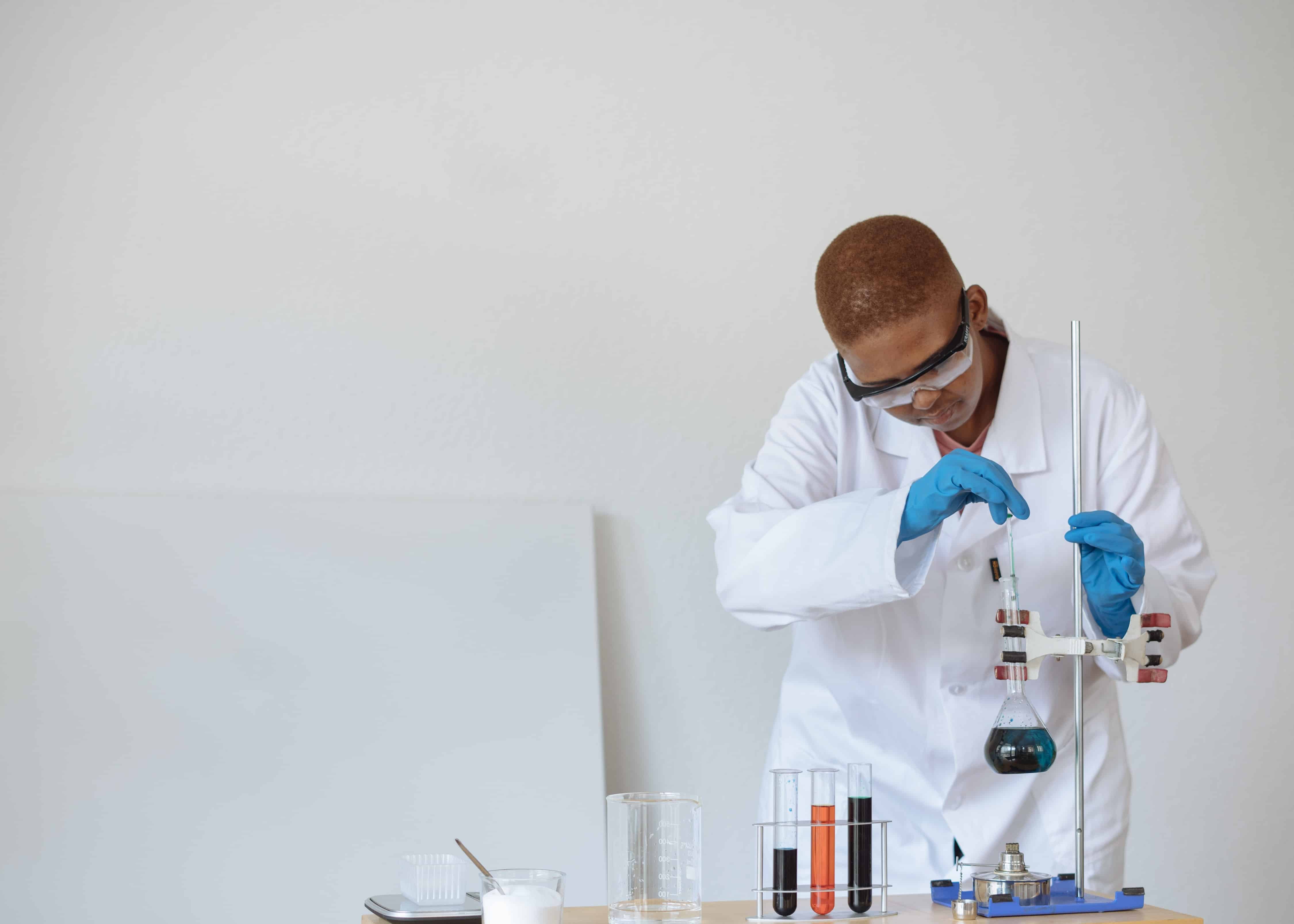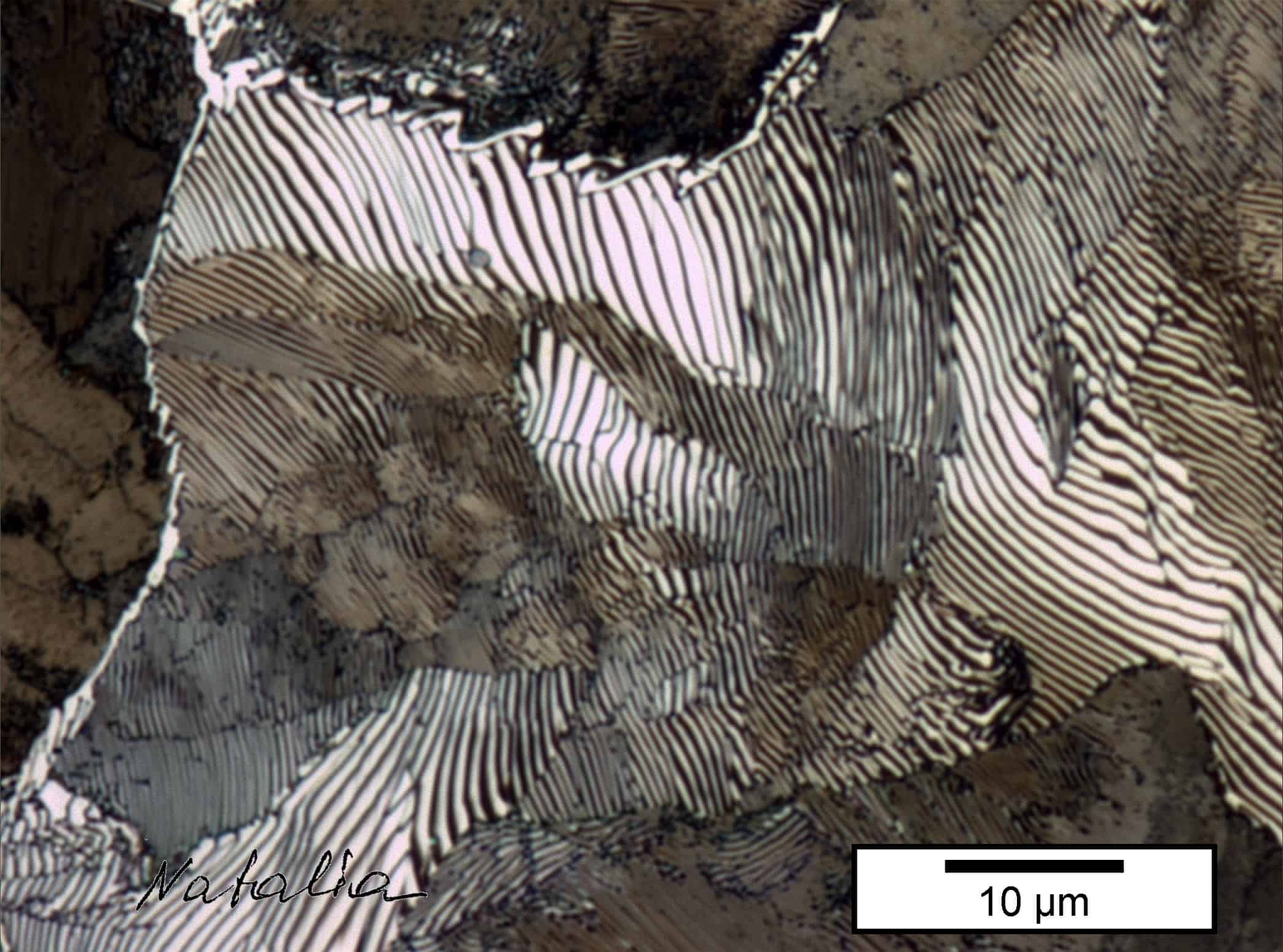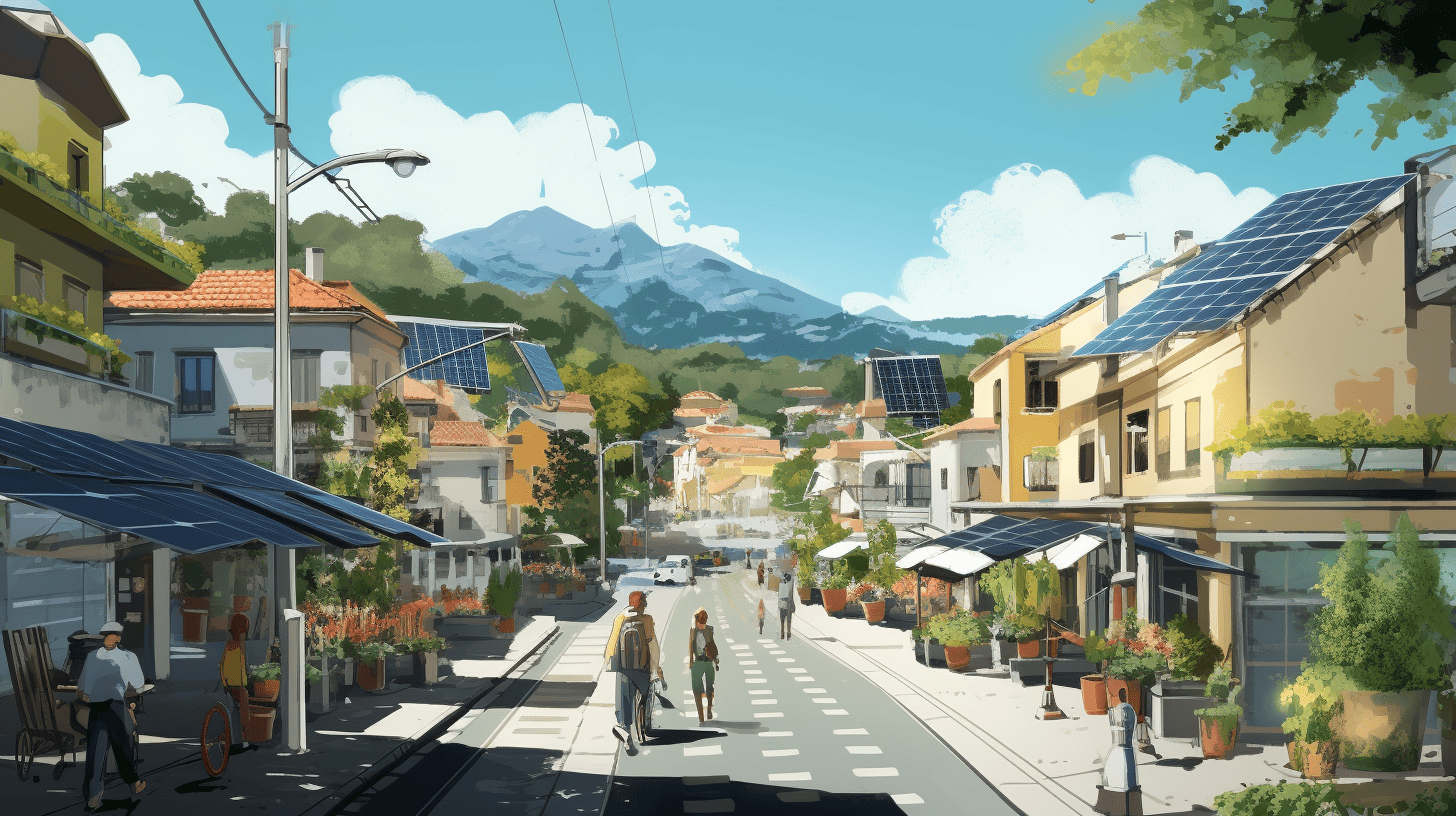
The Netherlands has successfully chosen to develop knowledge of complex molecular systems in the past, leading to, among other things, a Nobel Prize for Ben Feringa. Further understanding, manipulating, and synthesizing such systems could trigger breakthroughs toward new sustainable materials and energy-efficient data storage and processing solutions.
This requires a radically new approach to molecular research that connects chemistry with big data and AI, or ‘Big Chemistry’. To achieve this, a fully robotized laboratory is being built, coupled with excellent science on one side and industrial R&D on formulating complex mixtures on the other.
The resulting Robot Lab has received support from the National Growth Fund (€96.9 million), named “The Revolution of Self-Thinking Molecular Systems”. Fontys University of Applied Sciences collaborates with Radboud University, the University of Groningen, Eindhoven University of Technology, and AMOLF. From Fontys, the lectorate High Tech Embedded Software (Fontys ICT) is the project leader. The Mechatronics & Robotics lectorate (Fontys Engineering) is also involved. The physical Robotlab will physically appear on the NovioTech campus Nijmegen. The fundamental research will be partly affiliated with the Max Planck Gesellschaft through the binational Max Planck Campus.
The work field demands changes and better use of digitization, and data and AI offer opportunities in this regard, says Fontys lecturer-researcher Peter Lambooij. “Our goal is to use practice-oriented research to accelerate these trends.” Lecturer Teade Punter: “Chemical research often consists of many repetitive actions, for example, to map characteristics of a substance. You already see automation in this area through specific ‘chemistry factories.’ A recent trend is using robots, which take over chemistry tasks. There is also AI that can determine the strategy of experiments. The combination of robots and AI make experiments much more flexible.”
Robotlab
Based on this vision, Lambooij and Punter are working with fellow researchers and in close cooperation with four academic institutions and companies on the “robotlab” of the future. Lambooij: “We want to use fixed and mobile robots to automate the lab extensively. With our partners, we think the real opportunities lie in using big chemistry data. Now data on every conceivable substance remain partly untapped. Leveraging big data can help create a ‘recommender system’ for new chemical experiments.”
Smart prediction
According to Lambooij, a concrete example is the field of phase diagrams. “Chemists use these to indicate the arrangement of substances under different conditions. Think of variations on the classical classification: solid, liquid, gas. The systematic manual mapping of such a diagram is very time-consuming. An AI can start predicting where the dividing lines are based on the results of the initial tests and have it tested specifically on them. This makes the process many times more efficient. That way, you get results much faster.” A more advanced step would be using another AI to generate new hypotheses for experiments based on many phase diagrams. Lambooij: “Think of ChemGPT – ChatGPT’s cousin – to whom you ask how you should do experiments to develop environmentally friendly paint. But we are nowhere near that point. That’s why this Growth Fund project runs for seven years.”
Learning platform
The first challenge for the Fontys researchers is to understand chemists’ domain and working methods. Punter: “This is how we can develop applications for the robot lab.” The first results with the diagrams are promising, states Lambooij: “We are starting to speak the same language, and the example of AI as a predictor of diagrams creates confidence.” In addition, the Fontys team also believes it is important to create a learning platform in which teachers, companies, and students can collaborate. Punter: “We also develop challenges for students, which are part of the larger project but have the right scope for our students.”







